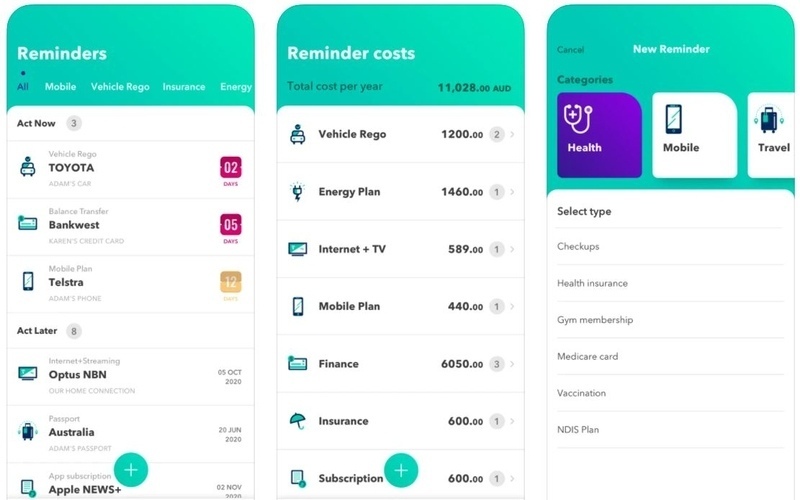It’s widely touted that it’s much easier to save when you have a goal in mind.
Research shows even when goal setters are earning less, they’re much more likely to be putting money aside than higher income earners with no particular reason to save.
There is much written on the psychology of savers, but many researchers agree having an attainable goal is a valuable tool in modifying discretionary spending.
So, what is it that’s motivating everyday Australians to save?
InfoChoice’s comprehensive State of Aussies' Savings Survey explored the primary reasons for Australians to save their money.
Why are people saving?
In June 2024, InfoChoice surveyed 1,000 people on their savings and made some notable discoveries.
Among them were the primary purposes for saving. The most common reason for putting money aside was for a home deposit, followed very closely by reducing debts and travel.
See the breakdown of the primary savings purposes in the table below.
|
Primary purpose for saving |
Share of respondents |
|---|---|
|
Home deposit |
17.01% |
|
Debt reduction |
15.60% |
|
Travel |
14.50% |
|
Retirement |
13.80% |
|
Emergency |
11.80% |
|
Investment |
8.50% |
|
Children |
3.50% |
|
Leisure |
3.10% |
|
Renovation |
2.10% |
|
Car |
2.00% |
|
Wedding |
1.40% |
|
Luxury good |
0.80% |
|
Pet |
0.70% |
|
Business |
0.60% |
|
Health procedure |
0.60% |
|
Furniture |
0.50% |
|
Other |
3.50% |
Source: InfoChoice State of Aussies' Savings Survey, July 2024
Some of the top responses for ‘other’ included ‘building a house’ and ‘study/education’ while some had no specific purpose, they just wanted to save for the sake of it or because they felt they should.
Saving purpose according to age
Not surprisingly, the survey found saving motivations varied considerably according to the age of respondents.
Gen Zs were most likely to be saving for a home deposit with 35.4% trying to do just that. They were also the most likely to be saving for travel with more than one in five putting money aside for that reason.
Meanwhile, more than a fifth of both Gen Xers and Millennials are primarily saving to reduce debt, most likely by trying to pay down their mortgages.
Here’s a breakdown of the top three reasons for saving for each generation:
Gen Z (born 1997-2012)
-
Home deposit (35.4%)
-
Travel (20.6%)
-
Investment (9.5%)
Millennials (born 1981-1996)
-
Home deposit (21.4%)
-
Debt reduction (20.2%)
-
Emergency (11.9%)
Gen X (born 1965-1980)
-
Debt reduction (20.2%)
-
Retirement (18.2%)
-
Emergency (15.1%)
Baby Boomers (born 1946-1964)
-
Retirement (40%)
-
Travel (16.2%)
-
Emergency (11.4%)
Saving according to home ownership
Home ownership also had a significant impact on people’s reasons for saving. Homeowners, including those who own their homes outright and those still paying a mortgage, are saving for retirement and investment purposes but there’s a variation between their motivations.
Here were the top three reasons mortgage-free homeowners are saving:
-
Retirement (39.6%)
-
Travel (13.6%)
-
Investment (12.4%)
Understandably, those with a mortgage were more focused on paying it off. Here were their top three saving priorities:
-
Debt reduction (27.9%)
-
Travel (14.7%)
-
Retirement (11.4%)
Saving for investments came in a close fourth for mortgagors with 10.3% putting money aside for that purpose.
Savings goals of property investors
Those who own an investment property or properties had similar motivations to homeowners but were more focused on their finances, not so much on travel:
Here were their top three reasons for saving:
-
Retirement (20.1%)
-
Investment (20.1%)
-
Debt reduction (15.2%)
How long savers expect to be saving
It’s all very well putting money aside to achieve your goals, but the survey asked respondents how long they expected it would take them to get there.
Almost a third said they expected to have enough saved up within 12 months, while almost two-thirds said they would get there in the next five years.
Of those saving for a home deposit, 72.3% expected to have saved up enough within the next five years.
Those saving for retirement had a longer-term view with 60.2% expecting to have enough within the next 10 years.
Generational differences
Between the generations, three-quarters of Gen Zs (born 1997-2012) expected to have saved for their primary purpose within the next five years, perhaps reflecting more short-term goals like home deposits and travel.
Gen Xers expected to be in for a longer haul than other generations, with 27.1% not expecting to hit their savings goals for 10 years or more.
Again, this likely reflects their longer-term savings motivations such as paying down debt and putting money aside for retirement.
Savings.com.au’s two cents
Despite all the good intentions we’ve covered for saving, the survey also found nearly a third of everyday Aussies have less than $5,000 in their savings, while one in six have less than $1,000.
Our 60 Ways and Tips to Save Money article may be able to help with some ideas if you’re wanting to start saving or achieve your savings goals sooner. Also, check out our collection of Money Saving Tips articles.
If you need a hand making a budget, you can always ask ChatGPT or other artificial intelligence chatbots to put you on the right track.
Image by Sasun Bughdaryan on Unsplash
.jpg)


 Emma Duffy
Emma Duffy
 Hanan Dervisevic
Hanan Dervisevic













